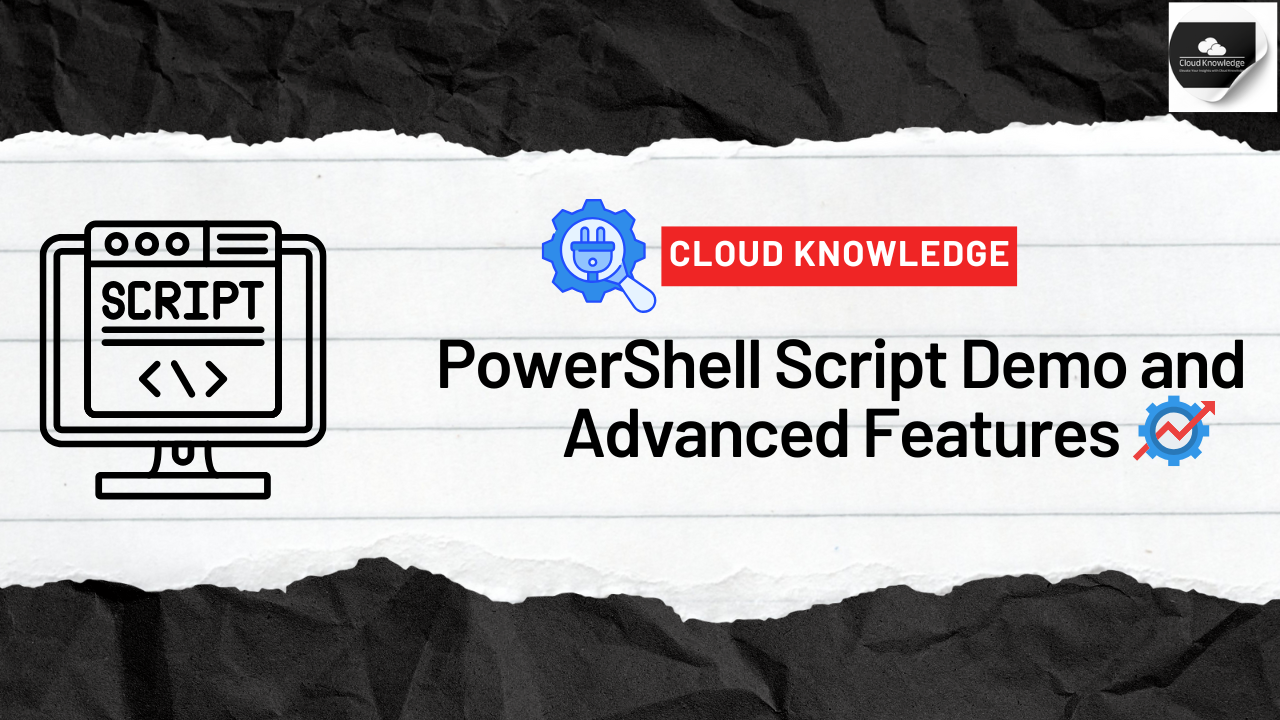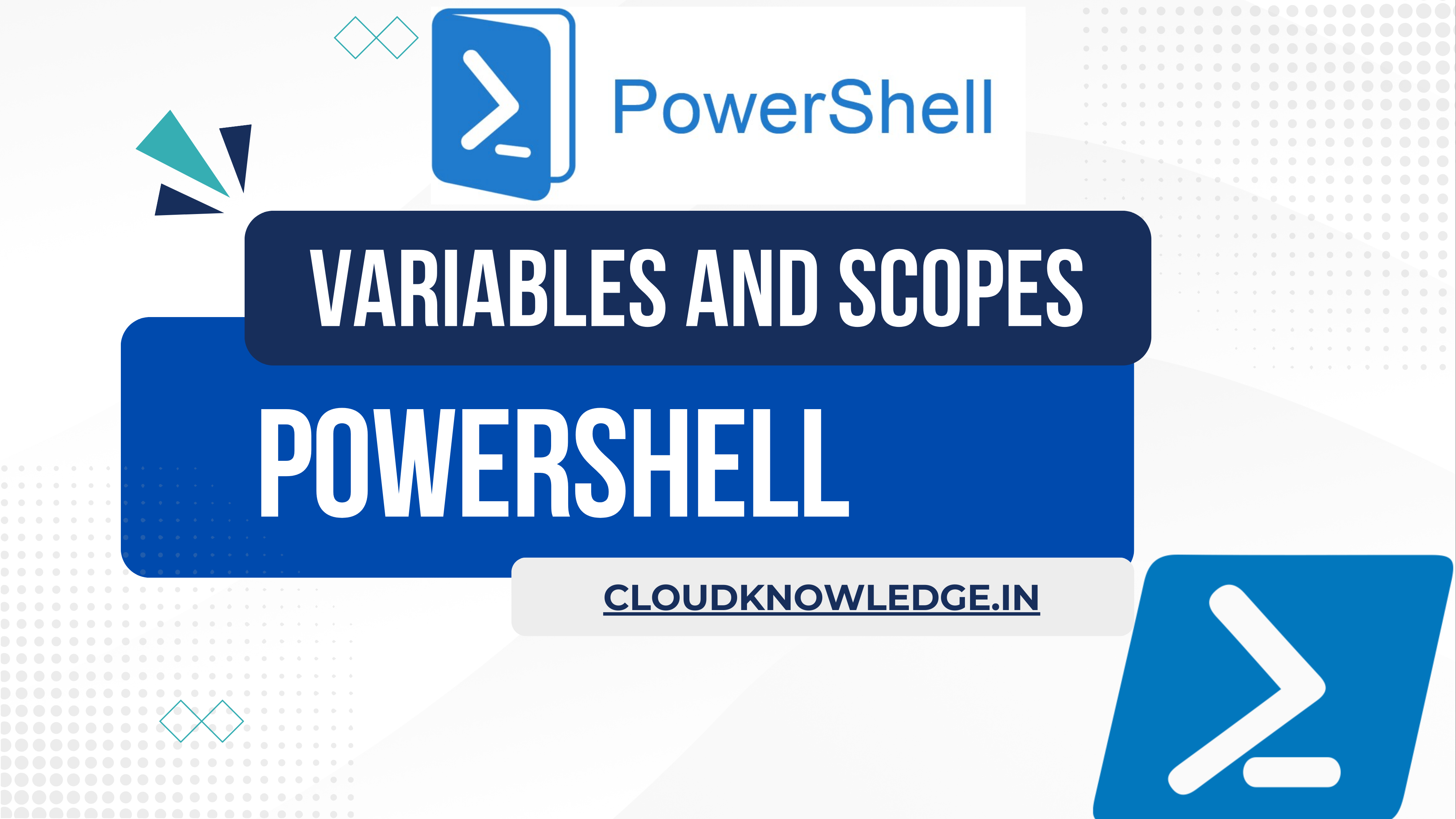Comprehensive PowerShell Script Demo and Advanced Features
PowerShell is a versatile tool for system administrators and developers, offering extensive customization and scripting capabilities. In this post, we’ll walk through a simple PowerShell script and explore key concepts like cmdlets, aliases, and modules to boost your scripting expertise.
Demo: Writing a Simple PowerShell Function
Here’s a basic example of a PowerShell function, Write-HelloWord, designed to demonstrate core scripting principles:
function Write-HelloWord {
<#
.SYNOPSIS
This function writes “Hello World!” to the command line.
.DESCRIPTION
For learning purposes, this script demonstrates adding parameters and output customization.
.PARAMETER Identity
Adds a personalized greeting if specified.
.EXAMPLE
Write-HelloWord -Identity “Prash”
Outputs: “Hello World! Hello Prash!”
#>
[cmdletbinding()]
param(
[string]$Identity
)
if (![string]::IsNullOrEmpty($Identity)) {
$appendStr = ” Hello $Identity!”
} else {
$appendStr = “”
}
Write-Host “Hello World!$appendStr”
}
# Call the function without a parameter
Write-HelloWord
# Call the function with the Identity parameter
Write-HelloWord -Identity “Prash”
Key Takeaway: This script shows how to define a PowerShell function, use parameters, and output results dynamically based on input.
Cmdlets vs. Script Cmdlets (Advanced Functions)
Cmdlets
Cmdlets are predefined, lightweight commands built into PowerShell. They perform specific tasks and can be extended using .NET.
Script Cmdlets
Also known as advanced functions, script cmdlets mimic cmdlets’ behavior but are written entirely in PowerShell. They allow additional features like CmdletBinding to include parameters like -Verbose and -Debug.
Working with Aliases
Aliases are shorthand names for cmdlets, functions, or scripts that simplify command usage.
Managing Aliases
Get existing aliases : Get-Alias
Create a temporary alias : New-Alias -Name Get-Ip -Value ipconfig
Import aliases from a file: Import-Alias -Path .\alias.csv
PowerShell Modules
Modules are collections of cmdlets, functions, and scripts that can be packaged and reused across systems.
Working with Modules
Importing a Module: Import-Module <ModuleName>
Pro Tip: Use the PowerShell Gallery for thousands of ready-to-use modules. Ensure NuGet and PowerShellGet are installed for seamless module downloads.
Creating Your Own Module
Here’s a simple guide to creating a custom module:
Define the module directory and files:
$path = $env:TEMP + “\MyModule\”
if (!(Test-Path -Path $path)) {
New-Item -ItemType directory -Path $path
}
New-ModuleManifest -Path $path\MyModule.psd1 -RootModule MyModule.psm1
To make your module accessible system-wide, copy it to one of the directories in $env:PSModulePath.
Conclusion
PowerShell offers a powerful environment to automate tasks, personalize workflows, and create reusable components. Whether you’re building simple scripts or full-fledged modules, understanding these fundamentals will empower you to maximize your productivity and efficiency.
Ready to explore further? Start by creating your own functions, experimenting with cmdlets, and packaging reusable modules today!





Leave a Reply